Are you an animal lover looking to explore the best animal museums in Brazil? Here are your best options:
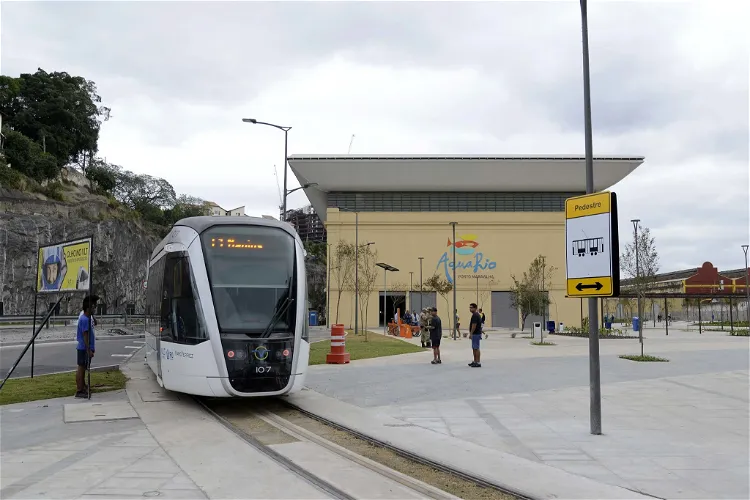
Marine Aquarium of Rio de Janeiro
Rio de JaneiroThe Marine Aquarium of Rio de Janeiro, also known as AquaRio, is a public aquarium situated in the Gamboa neighborhood, within the port zone of Rio de Janeiro, Brazil. It is easily accessible and offers a unique opportunity to explore marine life in a controlled environment. The aquarium is home to a wide variety of marine species, making it a fascinating destination for both adults and children.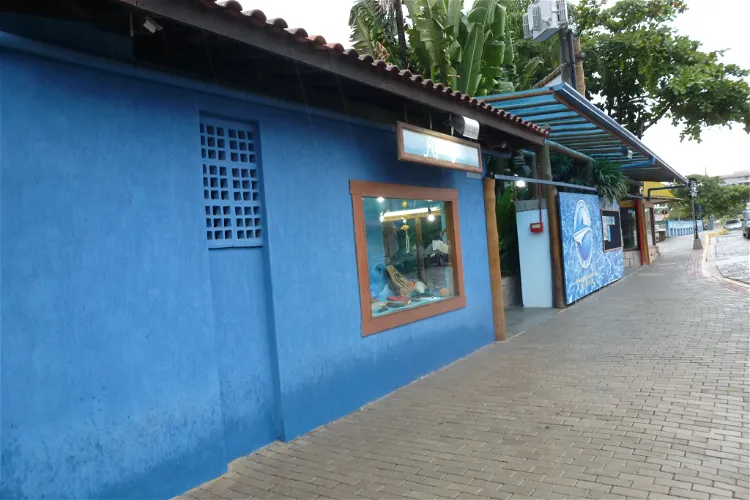
Ubatuba Aquarium
UbatubaThe Ubatuba Aquarium houses a variety of organisms from both fresh and saltwater environments. The focus is on the taxonomy of species, providing visitors with an opportunity to learn about the different types of marine life and their classifications. This makes it an educational and engaging experience for all ages.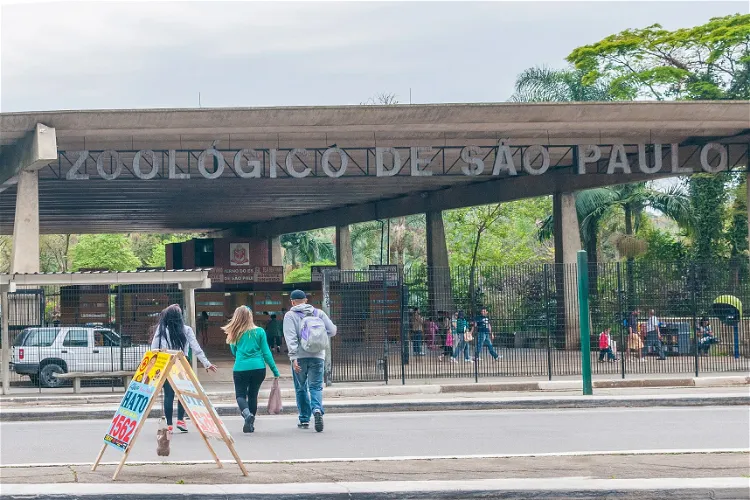
São Paulo Zoo
São PauloThe São Paulo Zoo, located south of the city of São Paulo, is the largest zoo in Brazil. It spans an impressive 82.45 hectares, a space that was originally part of the Atlantic Forest. This vast area allows the zoo to house a diverse range of animals in enclosures that replicate their natural habitats, providing visitors with an immersive and educational experience.
Inhotim Museum
BrumadinhoThe Inhotim Institute spans a vast area of 1,000 hectares, with 110 hectares open to the public. It serves as an important contemporary art center and a botanical garden. In addition to its art and nature offerings, the institute also houses a research center, several restaurants, and shops. This makes it a comprehensive destination for tourists, offering a variety of experiences in one location.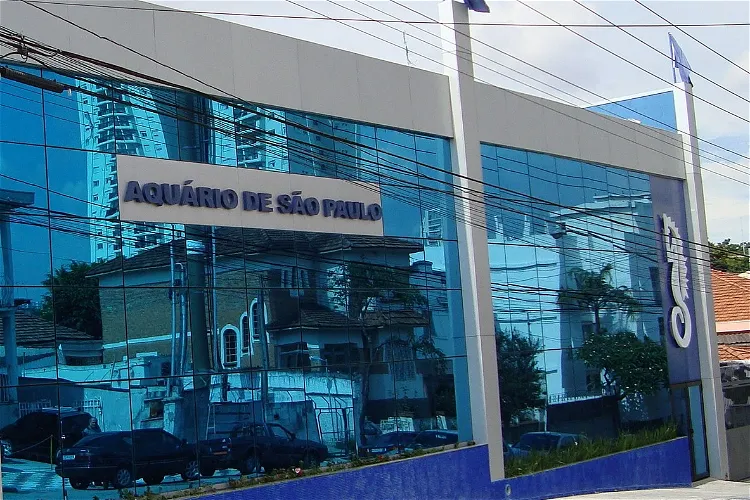
Sao Paulo Aquarium
São PauloIf you want to spend your day doing something extra exciting, consider visiting this large aquarium (in fact the largest one in Latin America) with more than 300 species of marine life and reptiles. Take your kids with you, this is a popular place for families with kids and the exhibitions are very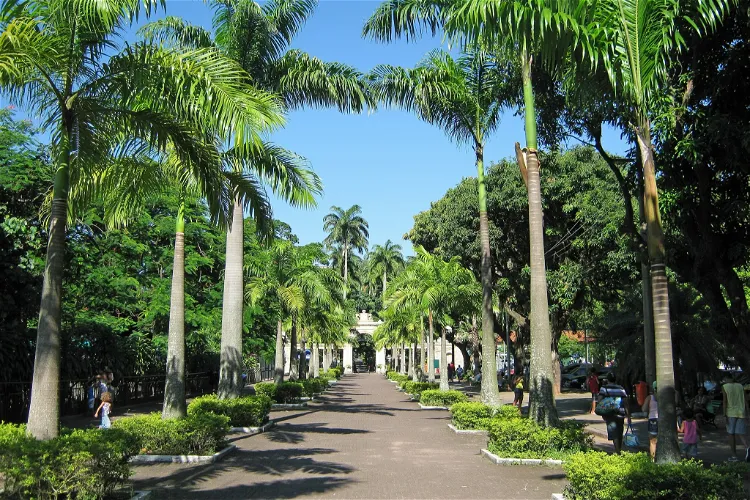
BioPark of Rio
Rio de JaneiroIn 2019, the park underwent a significant transformation. It was closed to the public to allow for extensive renovations and the inauguration of a new project, the BioParque do Rio. This renovation aimed to enhance the visitor experience and provide a more immersive and educational environment for understanding and appreciating wildlife.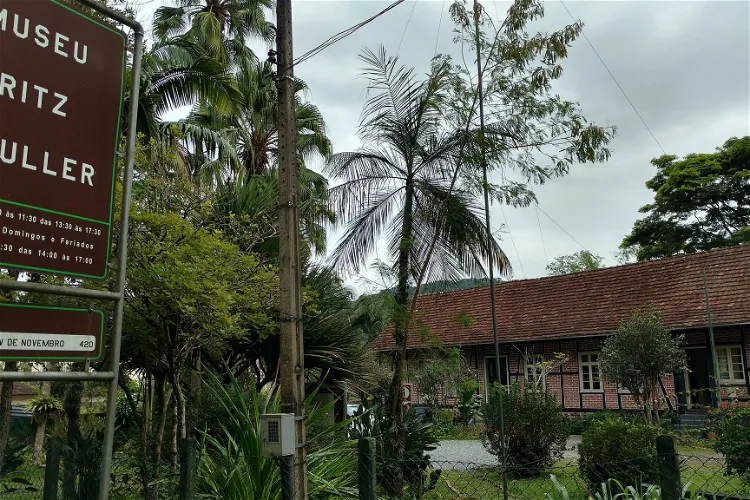
Museu de Ecologia Fritz Müller
BlumenauThe Museu de Ecologia Fritz Müller is situated in the Vorstadt district of the city of Blumenau. This location is easily accessible and offers a unique opportunity to explore the rich history and ecological diversity of the region.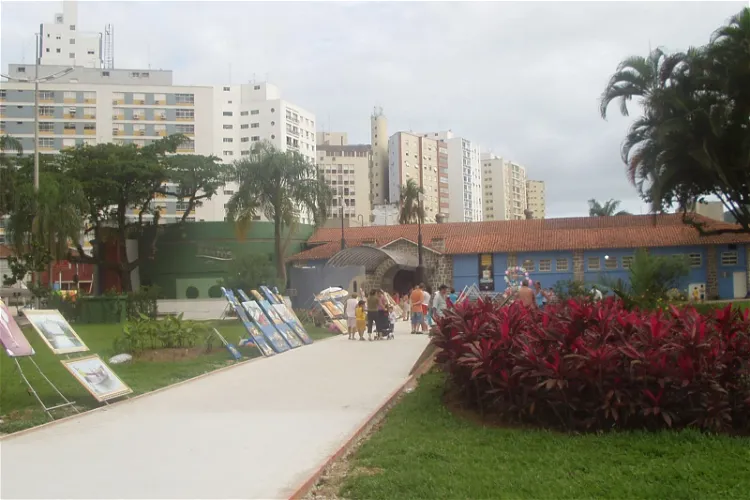
Acuario municipal de Santos
SantosThe Santos Municipal Aquarium is situated in the Ponta da Praia neighborhood of Santos, a city in the state of São Paulo, Brazil. This location is easily accessible and offers a unique opportunity to explore the marine life of the region.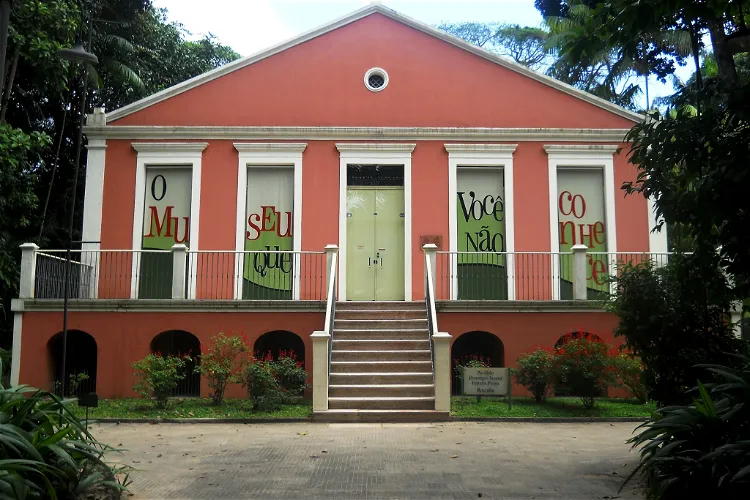
Museu Paraense Emílio Goeldi
BelémThe Museu Paraense Emílio Goeldi promotes science through various facilities. It houses a natural history museum, a botanical garden, and a zoological park. Additionally, the museum manages a scientific research station in the Amazon forest, known as the Estação Científica Ferreira Penna. These facilities offer a comprehensive insight into the biodiversity of the Amazon basin.
Salvador Zoo and Botanical Park
SalvadorThe Salvador Zoo and Botanical Park, also known as Getúlio Vargas Zoobotanical Park, is a significant attraction located in Salvador, the capital of the state of Bahia. This location makes it easily accessible for tourists visiting the city and offers a unique opportunity to explore the local flora and fauna.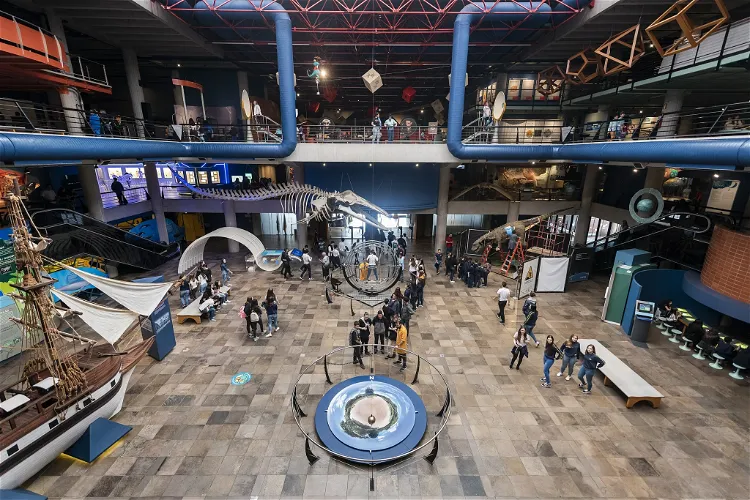
PUCRS Museum of Science and Technology
Porto AlegreThe PUCRS Museum of Science and Technology is situated in the city of Porto Alegre, specifically at Avenida Ipiranga 6681, Edificio 40, Partenón in the neighborhood. It is conveniently located near the PUCRS, making it easily accessible for visitors.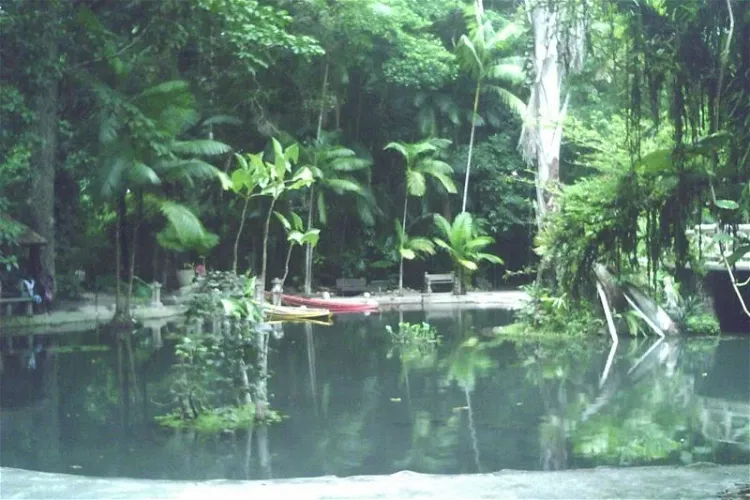
Bosque Rodrigues Alves
BelémThe Bosque Rodrigues Alves, officially known as Jardim Botânico da Amazônia, is a botanical garden situated in Belém, the capital city of the Brazilian state of Pará. This garden is a significant part of the city's history and offers a unique opportunity to explore the diverse flora of the Amazon.- 13
Ecomuseum of Itaipu
Foz do IguaçuThe Ecomuseum of Itaipu is situated in the city of Foz do Iguaçu, in the state of Paraná. The museum is managed by Itaipu Binacional, a bi-national company responsible for the Itaipu Dam. The museum's headquarters are located within the administrative area of the Itaipu Hydroelectric Power Plant. 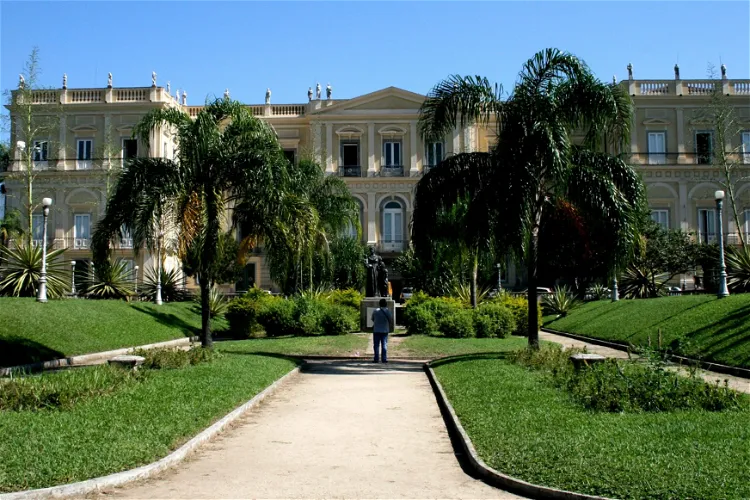
National Museum of Brazil
Rio de JaneiroThe National Museum, known as Museu Nacional in Portuguese, is situated in the Quinta da Boa Vista area of Rio de Janeiro, Brazil. The museum is under the administration of the Federal University of Rio de Janeiro (UFRJ), one of the country's leading educational institutions. This location offers a unique blend of cultural and educational experiences for visitors.
TAMAR Project
VitóriaThe TAMAR Project is a Brazilian initiative that focuses on the preservation of endangered sea turtle species. This project was born out of a need to protect these marine creatures from extinction along the Brazilian coast. It's a collaborative effort between the government and non-governmental organizations, with support from national and international companies and institutions. The project also receives funding from the Chico Mendes Institute for Biodiversity Conservation, the federal government, Petrobras, and tourists who visit the project's facilities and purchase its merchandise.
PUC Minas Natural Sciences Museum
Belo HorizonteThe Natural Sciences Museum of the Pontifical Catholic University of Minas Gerais is a significant institution in Brazil that is dedicated to the preservation of the country's natural, historical, and cultural heritage. This is achieved through a variety of exhibitions, educational programs, and research initiatives. The museum's collections include current Brazilian fauna of mammals, birds, reptiles, and amphibians, primarily species from the cerrado.
Zoological Park and Botanical Garden
Belo HorizonteThe park spans an impressive area of 1 million and 750 thousand square meters, with 600 thousand square meters dedicated to the preservation of cerrado, a type of savanna ecosystem. Since 1959, the park has been home to the city's zoo, making it a significant part of Belo Horizonte's natural heritage.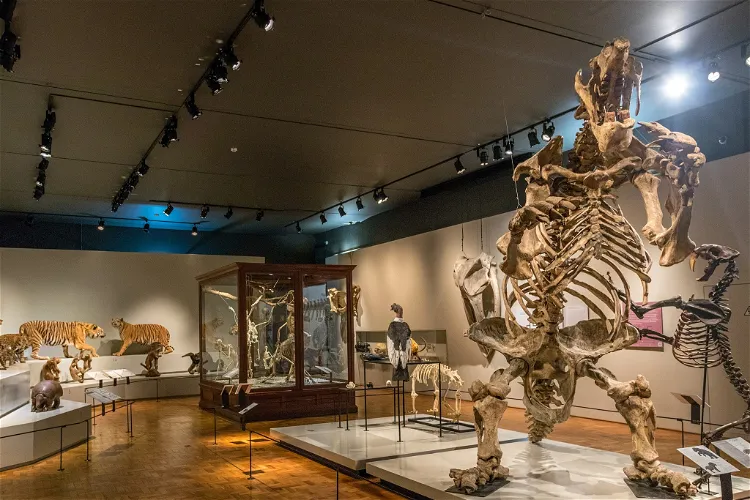
Museum of Zoology of the University of São Paulo
São PauloThe Museum of Zoology of the University of São Paulo, abbreviated as MZUSP, is a public natural history museum. It is situated in the historic Ipiranga district of São Paulo, Brazil. The museum is an educational and research institution that is part of the University of São Paulo. It was established at the end of the 19th century as part of the Museu Paulista and moved into a dedicated building in 1941. In 1969, the museum became a part of the University of São Paulo and received its current name.
Parque do Sabiá
UberlândiaParque do Sabiá is a municipal park and zoo situated in the East Zone of Uberlândia, Minas Gerais. The park spans an impressive 1.8 million square meters, making it a vast green space for visitors to explore. It is accessible from both the Tibery and Santa Mônica neighborhoods, ensuring easy access for tourists.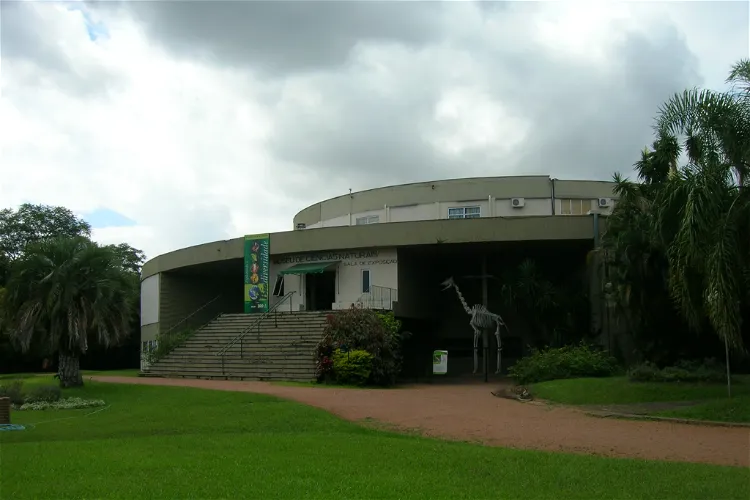
Museum of Natural Sciences of the Rio Grande do Sul Zoobotanical Foundation
Porto AlegreThe Museum of Natural Sciences of the Rio Grande do Sul Zoobotanical Foundation is a unique Brazilian museum nestled within the Botanical Garden of Porto Alegre. This location offers visitors the opportunity to explore both the museum's exhibits and the surrounding botanical garden, providing a comprehensive experience of the region's natural history and biodiversity.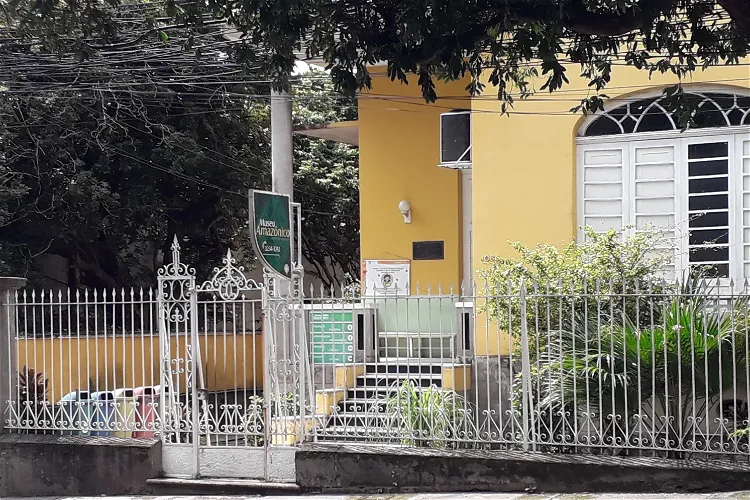
Amazon Museum
ManausThe Amazon Museum, located in Manaus, is a supplementary body of the Federal University of Amazonas. This connection to the university ensures that the museum is backed by academic rigor and research, providing visitors with a comprehensive and accurate understanding of the Amazon and its cultures.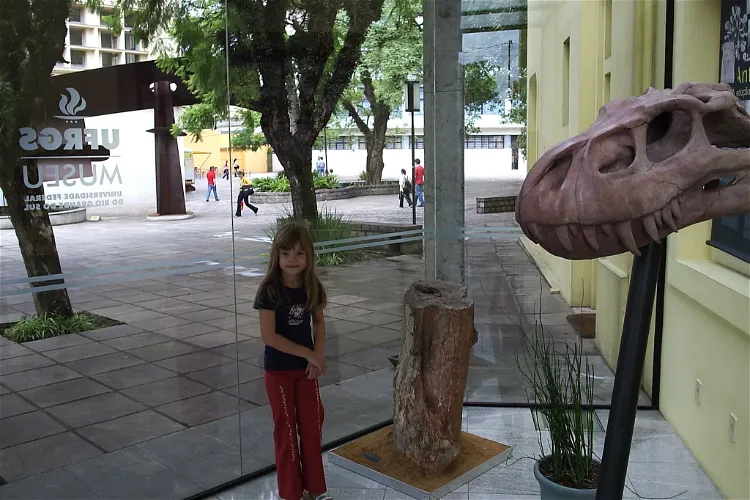
Institute of Geosciences of the Universidade Federal do Rio Grande do Sul
Porto AlegreThe Institute of Geosciences is not only an academic institution but also a caretaker of three museums. These museums offer a glimpse into the rich geological history and research conducted at the institute. Additionally, the institute publishes the Earth Sciences Research journal, contributing to the global scientific community.
Museum of Paleontology
MaríliaThe Marília Museum of Paleontology is a science museum situated in the city of Marília, in the state of São Paulo, Brazil. It is a significant location for those interested in paleontology and the history of life on Earth.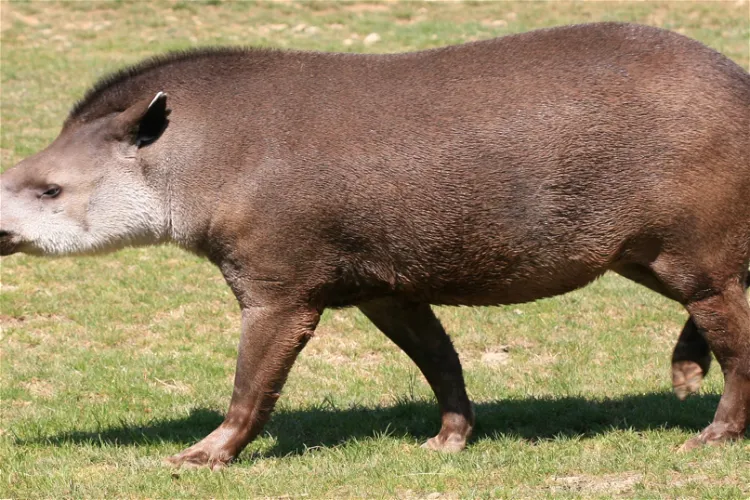
Zoo Safári
São PauloOne of the unique features of Zoo Safári is the opportunity it provides for visitors to interact with the animals, most of which are free-roaming, from the comfort of their cars. This offers a unique and immersive experience, allowing visitors to get up close with the animals in a safe and controlled environment.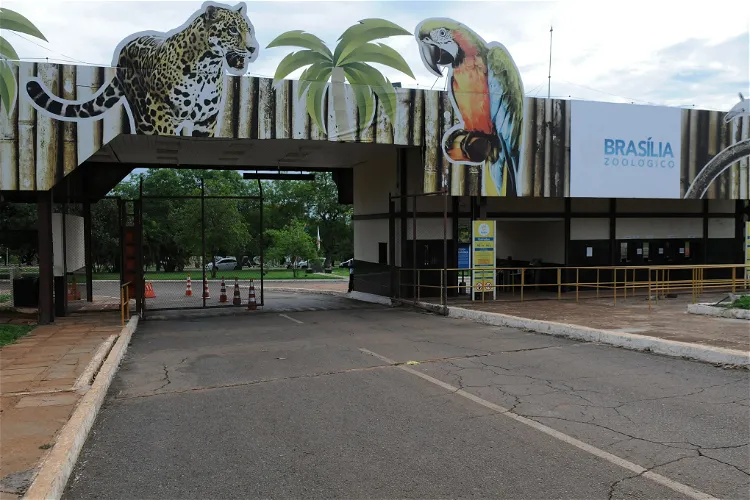
Brasilia Zoo
CandangolândiaThe Brasília Zoo places a strong emphasis on environmental education, conservation, and the preservation of Brazilian fauna. The zoo operates under the supervision of the state Secretariat for the Environment (Secretaria de Estado de Meio Ambiente do DF (SEMA)), ensuring that all activities align with environmental best practices and conservation efforts.- 26
Bioparque Amazônia
BelémThe park offers a variety of activities for visitors. These include contemplative tourism of wild animals, ecotourism, research, and environmental education. This makes it a great destination for those interested in nature and wildlife. - 27
Orquidário Municipal de Santos
SantosThe Orquidário Municipal de Santos, inaugurated in 1945, is a zoobotanical park that spans 22,240m². It combines the beauty of well-maintained gardens with the raw appeal of natural forests, providing a unique experience for visitors. 
Park Zoo Sapucaia do Sul
Sapucaia do SulThe Park Zoo Sapucaia do Sul is situated at stop 41 of BR-116, in the city of Sapucaia do Sul, in the Brazilian state of Rio Grande do Sul. This location makes it easily accessible for tourists traveling through the region.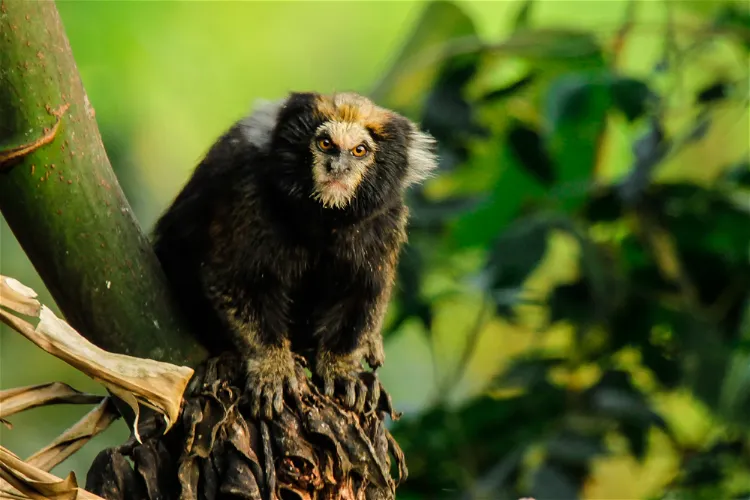
Zoológico Municipal de Guarulhos
GuarulhosThe Zoológico Municipal de Guarulhos, established in 1982, is home to more than 400 animals from 100 different species. The zoo spans an area of 70,000 m², providing ample space for the animals and a vast area for visitors to explore. The variety of species and the large area make it an interesting destination for tourists interested in wildlife.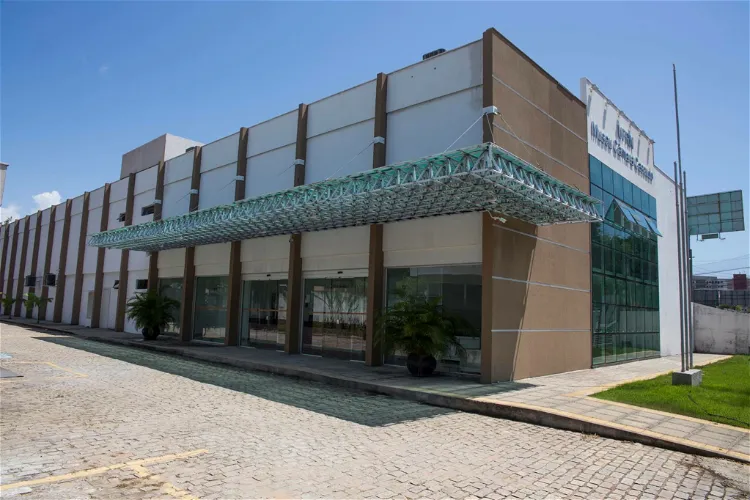
Museum Cascudo-UFRN
NatalA great museum for all those interested in natural sciences and anthropology. It presents many artifacts ranging from fossils to sugar cane.
Aquário Natal
ExtremozAquário Natal, located in Extremoz, is the largest aquarium in the Northeast Region of Brazil. It also serves as a treatment center for animals, making it a unique destination for animal lovers. Notably, it is the only aquarium in the region that houses penguins, offering a rare opportunity to see these fascinating creatures up close.
São Carlos Ecological Park
São CarlosThe Dr. Antônio Teixeira Vianna Ecological Park is situated in the city of São Carlos, São Paulo, and is conveniently located next to the Federal University of São Carlos. This makes it easily accessible for tourists visiting the area, and provides an opportunity to explore the local flora and fauna.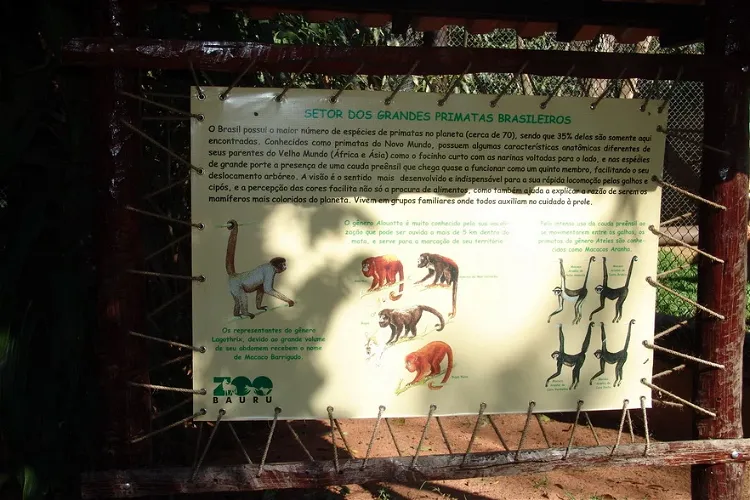
Bauru Zoo
BauruThe Bauru Municipal Zoo, located in Bauru, São Paulo, Brazil, is a public zoo that has gained recognition for its efforts in preserving Brazilian fauna. This commitment to conservation makes it a unique destination for those interested in wildlife and environmental preservation.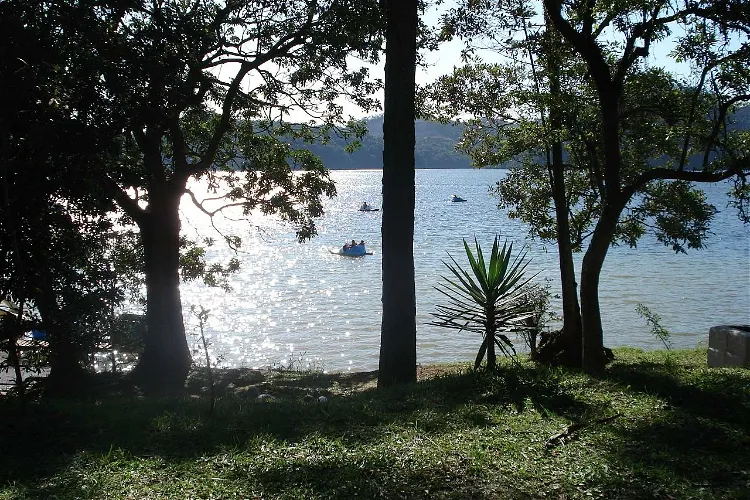
Estoril - Zoológico
São Bernardo do CampoThe Estoril Natural Park, located in São Bernardo do Campo, is a significant conservation unit of the Atlantic Forest, the Billings Reservoir, and wildlife. The park spans an impressive area of about 373,000 m², with over 90% of its area dedicated to a preserved fragment of the Atlantic Forest. The park's primary objectives include the preservation of fauna and flora, protection of the water source, environmental education, ecotourism, and the enhancement of local ecological knowledge.
Zoo And Botanical Park Teresina
TeresinaThe Bioparque Zoobotânico do Piauí is a significant area dedicated to the protection and conservation of various species of fauna and flora. It is located in the city of Teresina, the capital of Piauí. This location makes it easily accessible for tourists visiting the city and provides a unique opportunity to explore the rich biodiversity of the region.
Zoo Botanical Park Dois Irmãos
RecifeDois Irmãos State Park, also known as PEDI, is a unique combination of a park, zoo, and a conservation unit for the Atlantic Forest. It is situated in Recife, PE. The park spans over an impressive area of 1158.42 hectares, out of which 14 hectares are dedicated to the zoo. This vast expanse offers a diverse range of flora and fauna for visitors to explore and appreciate.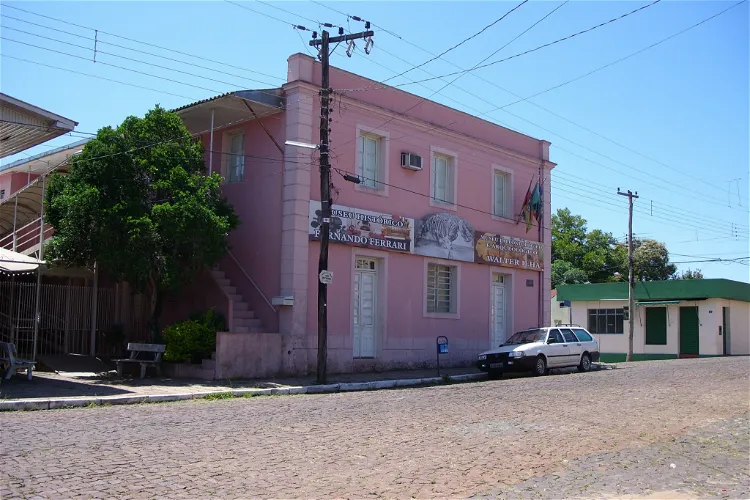
Paleontological and Archaeological Museum Walter Ilha
São Pedro do SulThe Walter Ilha Paleontological and Archaeological Museum is situated in São Pedro do Sul, Rio Grande do Sul, Brazil. Specifically, it is located at 164 Fernando Ferrari Street. This location is easily accessible and provides a great opportunity for tourists to explore the rich history and culture of the region.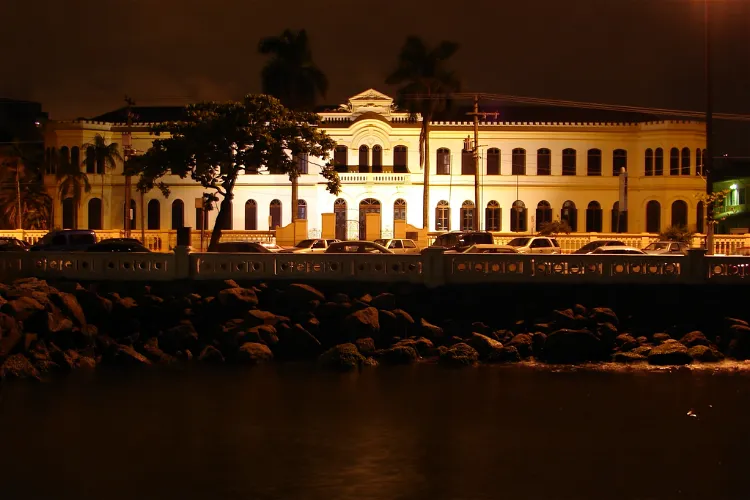
Fishing Museum
SantosThe Fishing Museum of Santos, also known as the Instituto de Pesca de Santos, is a significant institution in Santos, São Paulo. It is dedicated to the scientific and cultural exploration of marine resources, focusing on their preservation and utilization. The museum offers a unique insight into the marine life and the importance of its conservation, making it an interesting destination for tourists interested in marine biology and ecology.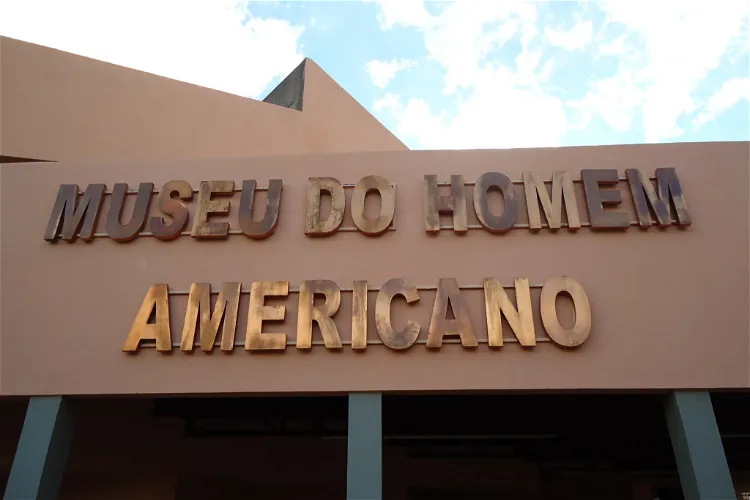
Museum of American Man
São Raimundo NonatoThe Museum of the American Man is a treasure trove of history, housing more than 700 archaeological sites. These sites contain paintings that date back to over 12,000 years ago, offering a glimpse into the ancient past. The museum's collection is regularly updated as new discoveries are made, ensuring that there is always something new to explore.
Parque Histórico General Bento Gonçalves
CristalThe Parque Histórico General Bento Gonçalves spans an area of approximately 280 hectares. It features a native forest, ponds, fields and marshes, providing a diverse natural environment for visitors to explore. Additionally, the park also has space designated for camping.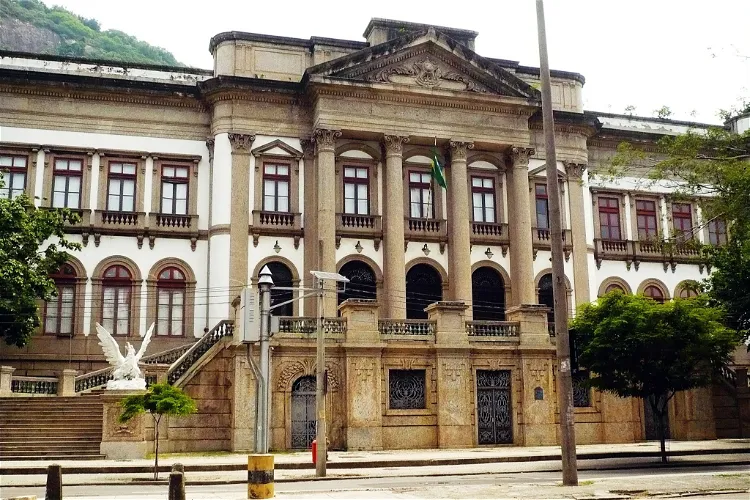
Earth Sciences Museum
Rio de JaneiroThe Earth Sciences Museum, located at 404 Pasteur Avenue in the Urca neighborhood of Rio de Janeiro, Brazil, is a renowned institution dedicated to the fields of geology and paleontology. It offers a unique opportunity for visitors to delve into the fascinating world of earth sciences, with a vast collection of exhibits that span across various aspects of these disciplines.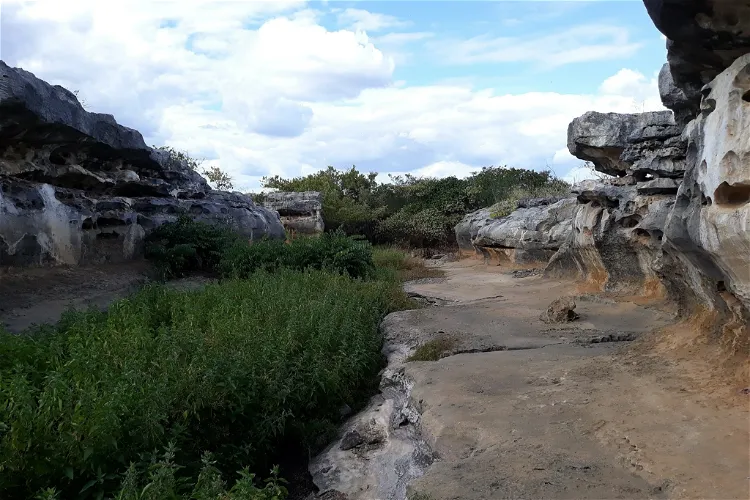
Sítio arqueológico Lajedo de Soledade
ApodiThe Lajedo de Soledade Archaeological Site is a significant landmark located in the Apodi Plateau, within the municipality of Apodi, in the state of Rio Grande do Norte. This site is notable for being the largest exposure of limestone rock in the Potiguar Basin, making it a unique geological feature in the region.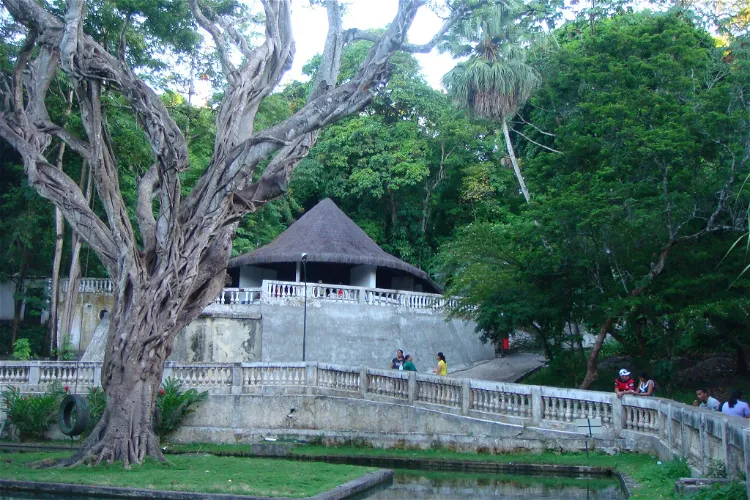
Parque Arruda Câmara
João PessoaThe Parque Zoobotânico Arruda Câmara, also known as Bica due to a natural potable water source at its center, is a zoo botanical garden located in João Pessoa, Paraíba. It covers an area of 26.8 hectares and is considered an oasis in the middle of the city. This park is a true ecological sanctuary nestled in the center of the Paraíba capital.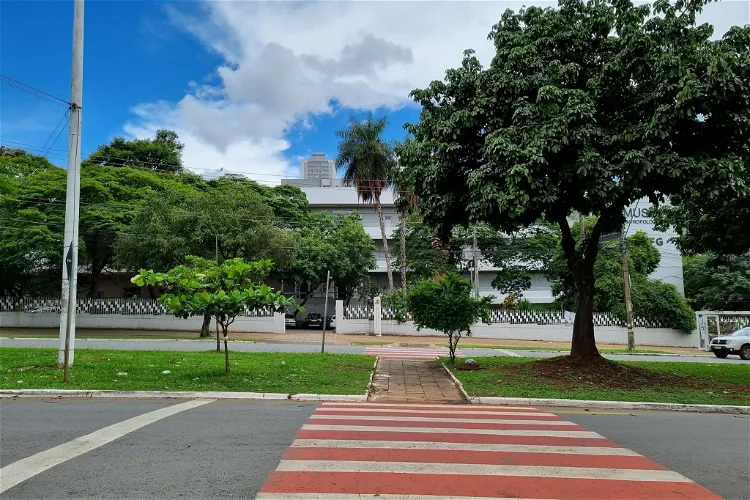
Anthropological Museum DDRH
GoiâniaThe Anthropological Museum of the Federal University of Goiás (UFG) is a significant cultural institution in Brazil. It is situated in Goiânia and is part of the university's extensive network of educational and cultural resources. The museum provides a unique opportunity for visitors to explore Brazil's rich anthropological history.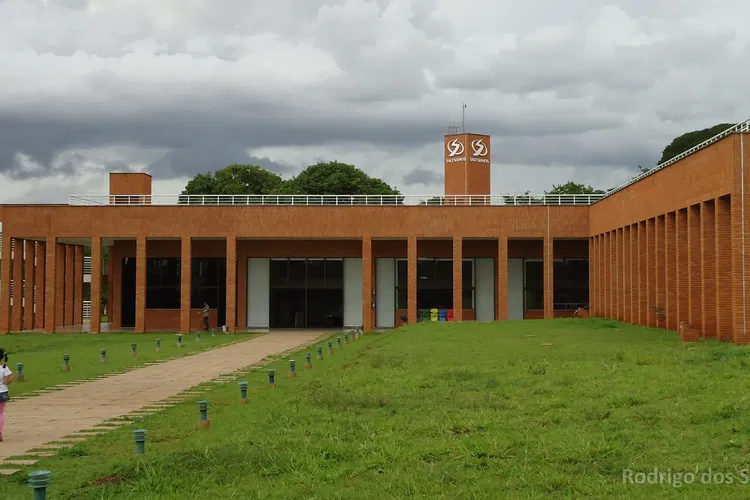
Museu das Culturas Dom Bosco
Campo GrandeThe Museu das Culturas Dom Bosco, also known as the Museu do Índio, is a renowned Brazilian museum situated in Campo Grande, Mato Grosso do Sul. The museum was established in the year 1950 and was officially inaugurated on the 27th of October, 1951 by Salesian priests. It is a significant cultural and historical landmark in the region.- 46
Museu Histórico e Pedagógico Índia Vanuíre
TupãThe Museu Histórico e Pedagógico Índia Vanuíre boasts a collection of 38,000 items. This includes objects and documents related to the municipality, taxidermied animals, and an ethnographic collection that represents various Brazilian indigenous nations. The Kaingang and Krenak peoples, who inhabit the western region of the state, are primarily represented in this collection. 
Parque Estadual Vila Rica do Espírito Santo
FênixThe main attraction of the Parque Estadual de Vila Rica do Espírito Santo is the ruins of Villa Rica del Espiritu Santo. These ruins were declared a state historical heritage in 1948. The site offers a glimpse into the past, allowing visitors to explore the remnants of a once thriving settlement.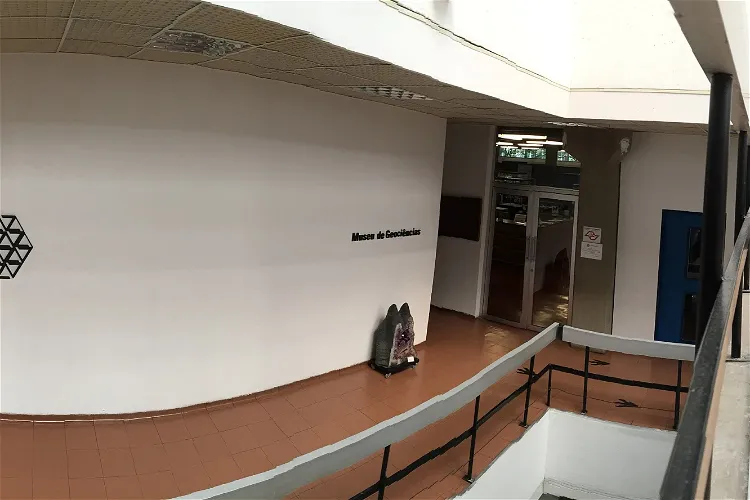
Geosciences Museum
São PauloThe Geosciences Museum is situated within the University of São Paulo, more precisely on the Butantã campus. This location makes it easily accessible for visitors who are already exploring the university or those who are in the vicinity. The museum is a part of the university's Institute of Geosciences, further enhancing its credibility and appeal to those interested in geology, mineralogy, and paleontology.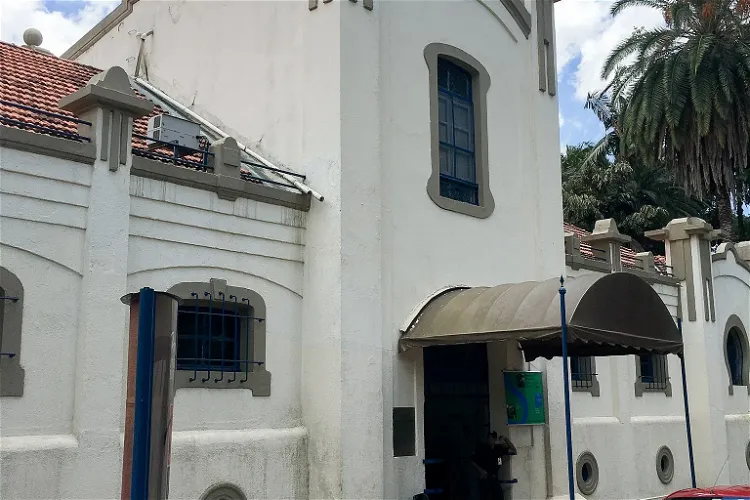
Museu Biológico Instituto Butantan
São PauloThe Butantan Institute Museum, located in São Paulo, is a unique institution dedicated to scientific research. It is particularly known for its live displays of various species, including snakes, lizards, spiders, and scorpions. This provides a unique opportunity for visitors to observe these creatures up close in a safe and controlled environment.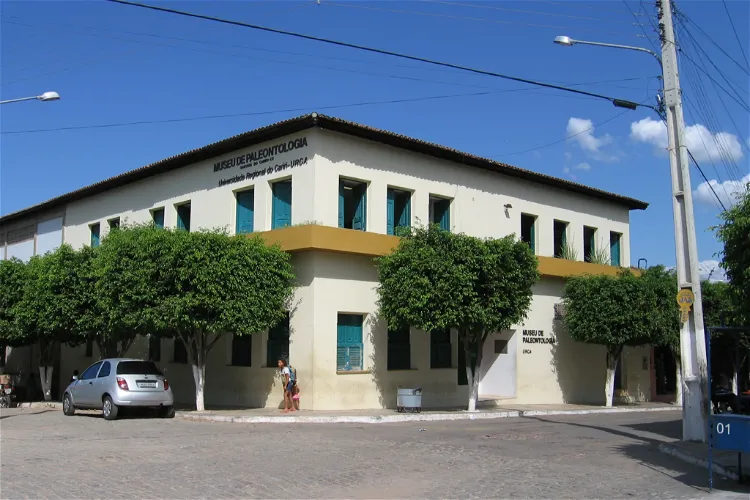
Museu de Paleontologia Plácido Cidade Nuvens
Santana do CaririThe Museu de Paleontologia Plácido Cidade Nuvens is a Brazilian museum located in Santana do Cariri, Ceará. It houses a significant paleontological collection from the Cariri region and is part of the Regional University of Cariri (URCA). The museum is situated in an area known for one of the highest concentrations of fossils on the planet, preserving evidence from 110 million years ago.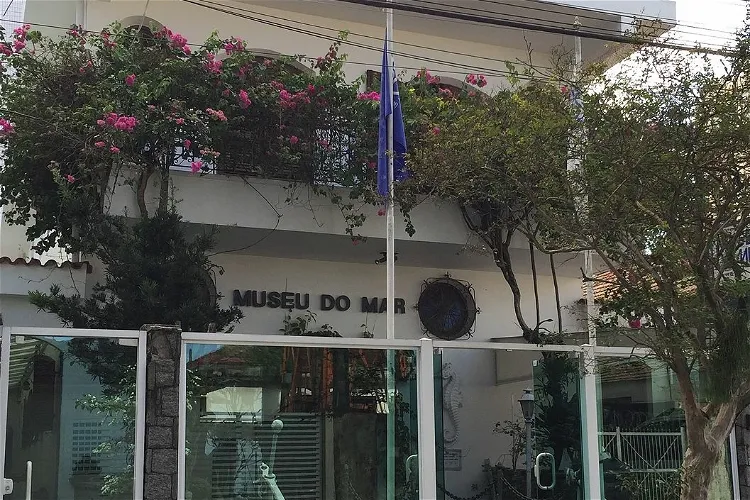
Sea Museum
SantosThe museum houses a variety of preserved animals in formaldehyde and taxidermized specimens. It also boasts a popular collection of shells, including giant specimens that are over a meter long. This collection is a significant attraction for visitors interested in marine biology and the underwater world.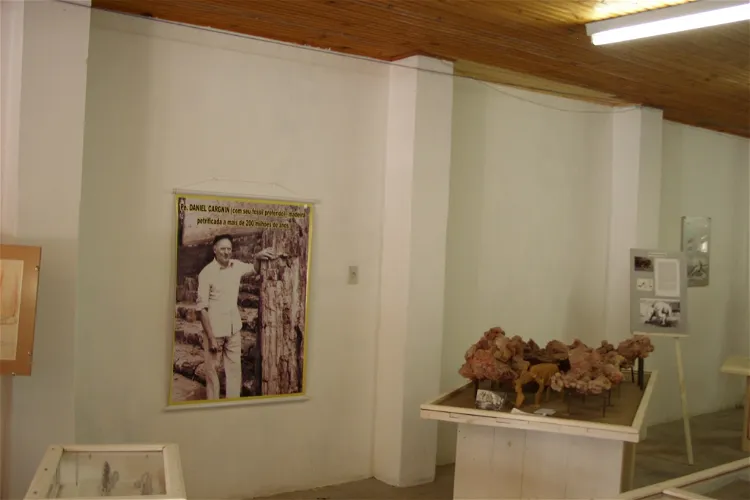
Museum Daniel Cargnin
MataThe Museum Sacerdote Daniel Cargnin is situated in the city of Mata, Rio Grande do Sul, Brazil. Specifically, it can be found at Comercio Street, 825. This location is easily accessible and provides a great starting point for exploring the city and its rich history.- 53
Pantanal Biopark
Campo GrandeThe Pantanal Aquarium, also known as the Pantanal Biopark, is a significant attraction located in Campo Grande, Mato Grosso do Sul. This impressive facility was officially opened to the public on March 28, 2022. 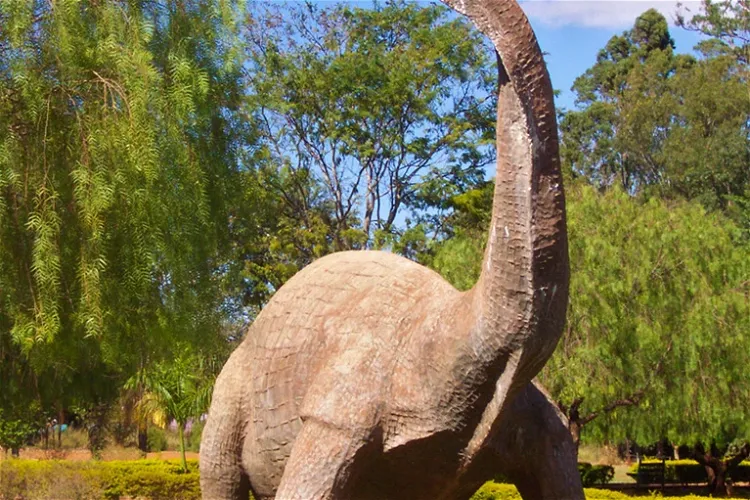
Dinosaur Museum
UberabaThe Dinosaur Museum, a paleontological museum, is situated in the city of Uberaba, in Minas Gerais, Brazil. It is a significant location for those interested in paleontology and the history of dinosaurs. The museum offers a unique opportunity to learn about the prehistoric era and the creatures that once roamed the earth.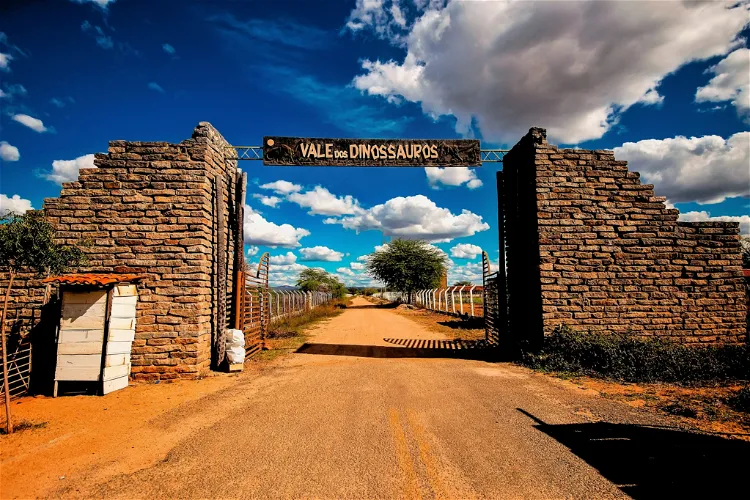
Valley of the Dinosaurs
SousaThe Valley of the Dinosaurs is renowned for housing hundreds of fossilized dinosaur footprints. This makes it one of the most significant paleontological sites in Brazil, offering a unique opportunity for visitors to explore and learn about the prehistoric era.
Museu do Homem do Sambaqui
FlorianópolisThe Museu do Homem do Sambaqui, located in Brazil, is a museum that is primarily dedicated to preserving the natural and cultural history of the region. It showcases a variety of exhibitions that include native animals and human artifacts. These exhibits provide a unique insight into the rich history and biodiversity of the region.
Museu Arquidiocesano
BrusqueThe Museu Arquidiocesano Dom Joaquim, popularly known as Museu de Azambuja, is situated in Brusque, a city in the state of Santa Catarina. This location is significant as it provides a cultural and historical context to the museum's collection.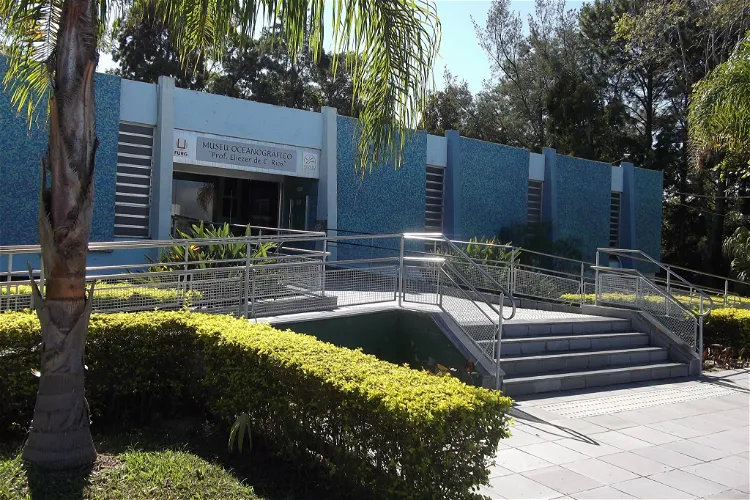
Oceanographic Museum "Prof. Eliezer C. Rios"
Rio GrandeThe Oceanographic Museum Prof. Eliezer de Carvalho Rios is a marine science museum situated in the city of Rio Grande, in the state of Rio Grande do Sul, Brazil. It is a part of the Federal University of Rio Grande (FURG) and is included in the Complex of Museums and Associated Centers of FURG. The museum is open to the public and offers a unique opportunity to learn about marine sciences.- 59
Entomological Museum Fritz Plaumann
SearaThe Fritz Plaumann Entomological Museum is a public institution situated in the city of Seara, in the state of Santa Catarina, Brazil. This location is significant as it was the home of the renowned entomologist Fritz Plaumann, whose collection forms the basis of the museum's exhibits. - 60
Museu de Ciências Naturais da Ulbra
CanoasThe Museu de Ciências Naturais da ULBRA, located on the Canoas Campus of ULBRA in Rio Grande do Sul, is a natural science museum. Its mission is not only to provide a leisurely experience but also to raise awareness about the preservation of fauna and flora. This is achieved through environmental education, making it a unique destination for those interested in nature and conservation. - 61
Museo de la Geodiversidad
Rio de JaneiroThe Museo de la Geodiversidad, also known as MGeo, is a museum that is affiliated with the Institute of Geosciences of the Federal University of Rio de Janeiro. It was inaugurated in 2007 with the purpose of preserving, researching, and disseminating the geological and paleontological heritage of the Earth. - 62
Museu de Luís Gonzaga
ExuThe Museu de Gonzagão, located in Exu, Pernambuco, is a tribute to the life and career of Luiz Gonzaga. This museum is situated in the musician's hometown, making it a significant location for those interested in understanding more about his life and work.